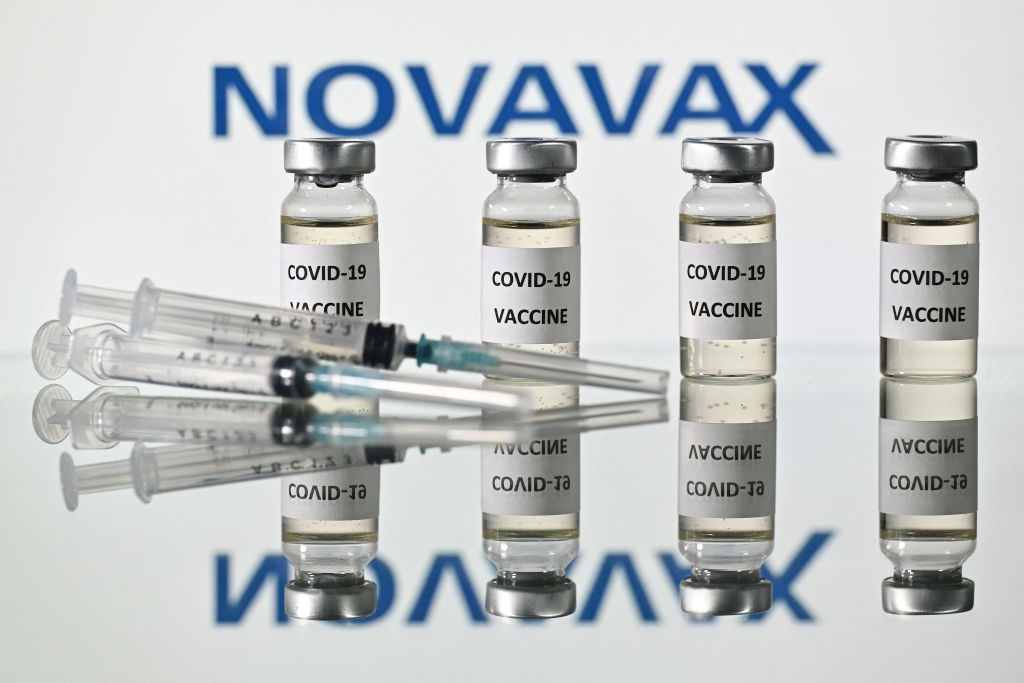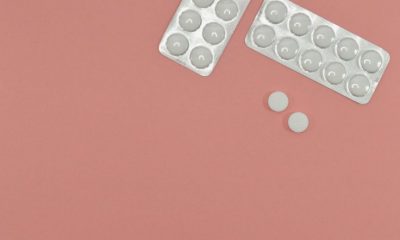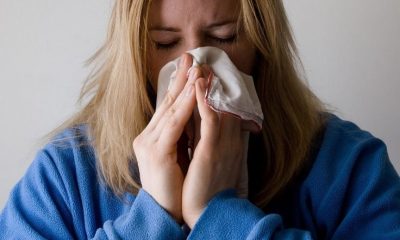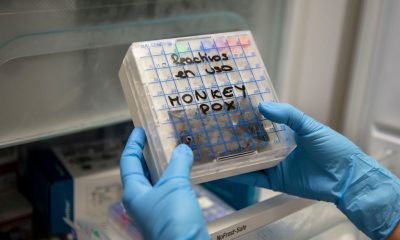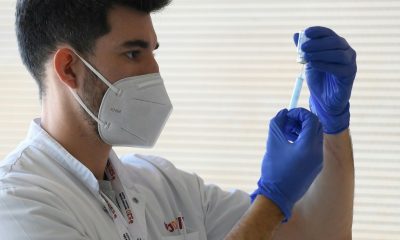The Centers for Disease Control and Prevention (CDC) has decided to allow the Novavax monovalent COVID-19 booster for adults amid the ongoing pandemic.
Earlier this week, CDC director Rochelle P. Walensky, MD, MPH, signed a decision memo allowing people aged 18 and above to receive the Novavax monovalent shots instead of the updated bivalent boosters from Pfizer and Moderna.
The CDC’s memo gives eligible adults the option to receive the Novavax booster if they have completed the primary series vaccination but have not received any of the COVID-19 boosters yet. Those who cannot or will not receive the mRNA vaccines are also allowed to do the same.
In its press release, the public health agency explained that some people may be unable to receive the mRNA vaccines due to an allergy to a component of the vaccines or if they had a history of a severe allergic reaction (anaphylaxis) to a previous dose of an mRNA COVID-19 vaccine.
There is also the issue of the availability of mRNA vaccines in some places, prompting the CDC to encourage the circulation of the Novavax monovalent boosters in these areas.
The CDC’s recommendation came after the Food and Drug Administration (FDA) authorized the use of the monovalent Novavax COVID-19 boosters in the country. According to the FDA, the monovalent booster contains the SARS-CoV-2 spike protein and Matrix-M adjuvant that enhance the immune response of the vaccinated individual against COVID-19.
The FDA also indicated that the Novavax booster is only administered at least 6 months after completing a primary vaccination series with an authorized or approved COVID-19 vaccine.
The new memo is an important step forward in the country’s comprehensive vaccination program that has helped provide increased protection for all Americans against COVID-19 hospitalization and death amid the pandemic.
Meanwhile, the CDC officially recommended using the updated COVID-19 booster doses from Pfizer and Moderna in September, saying people aged 12 and above can receive the shots.
The updated or bivalent boosters contained spike protein components that help restore and ensure protection from SARS-CoV-2 and its newer, more transmissible, and immune-invading variants.

